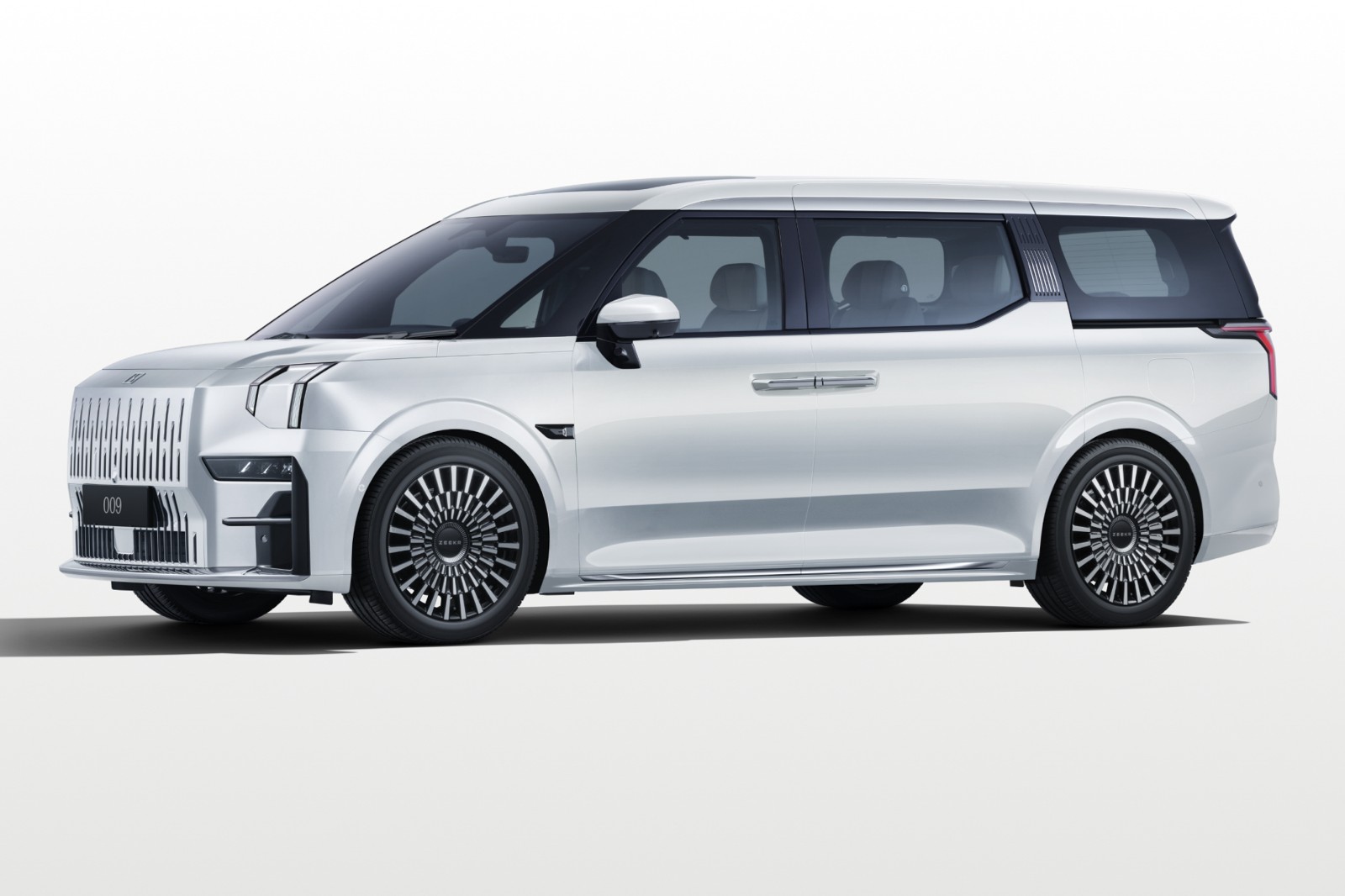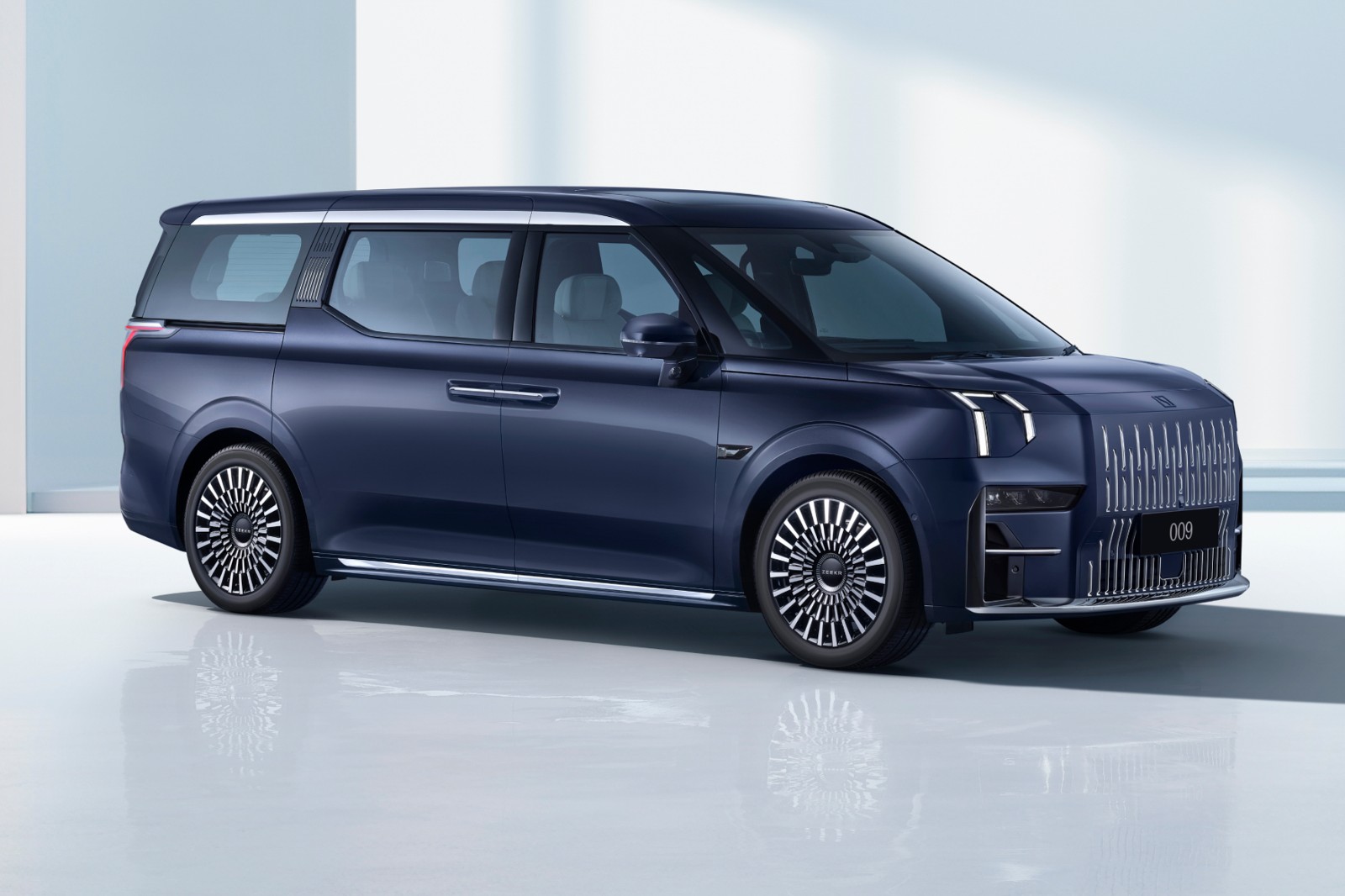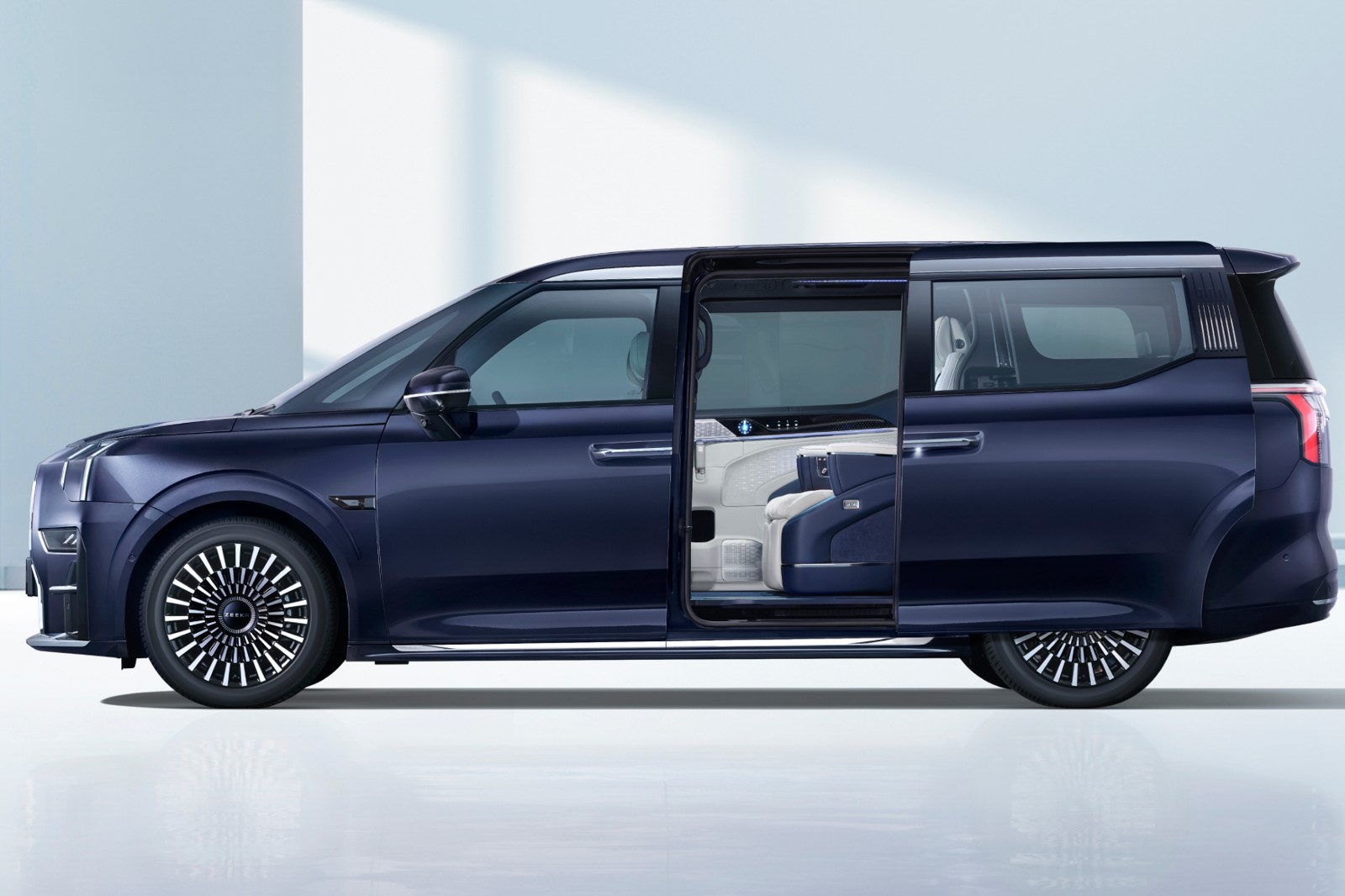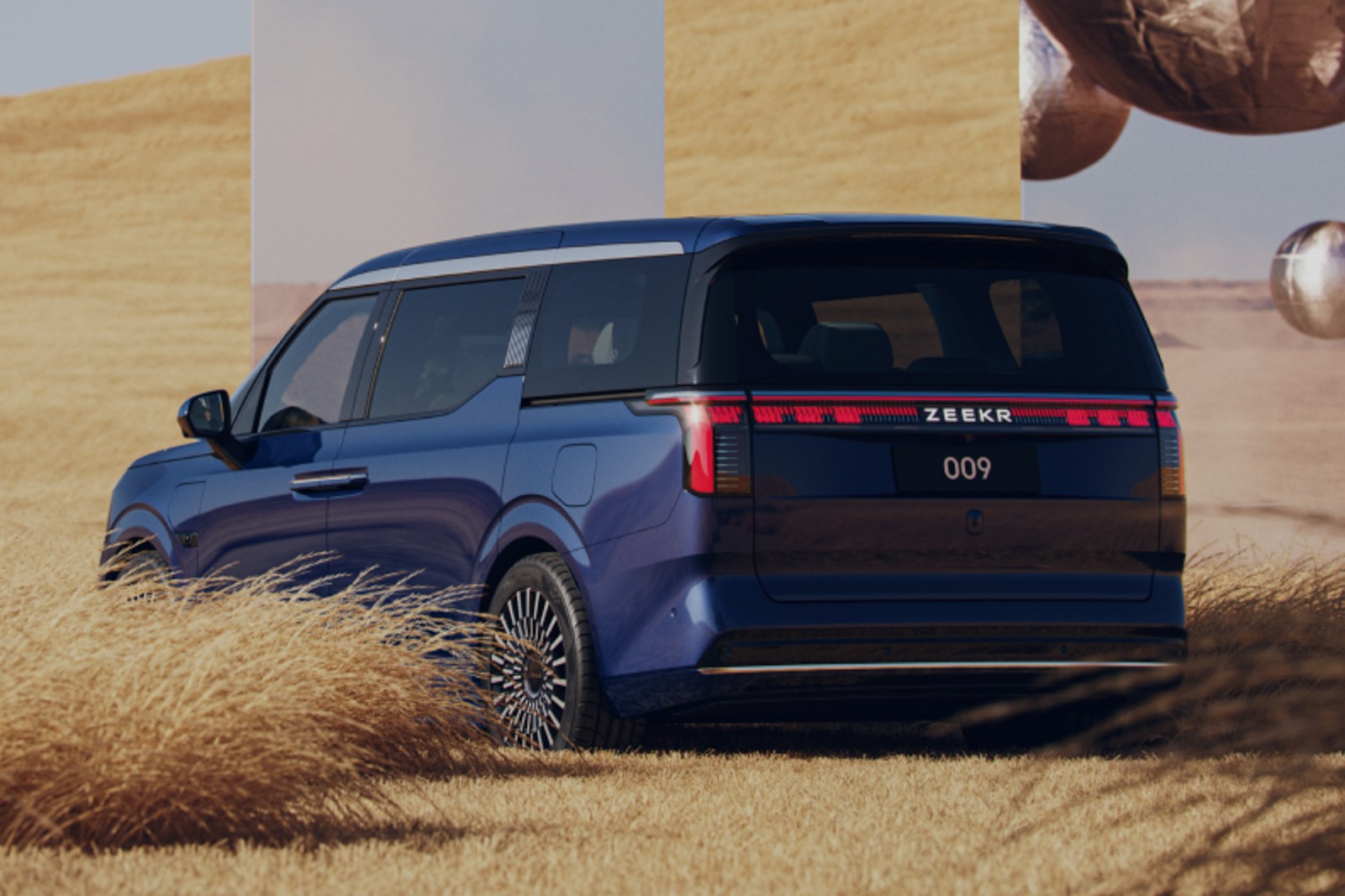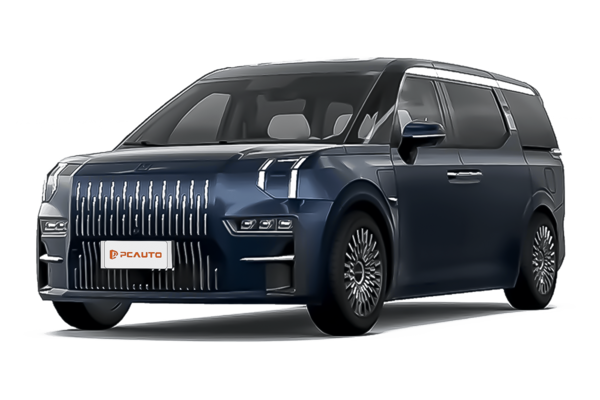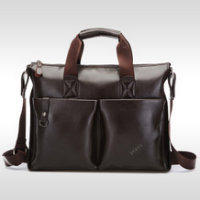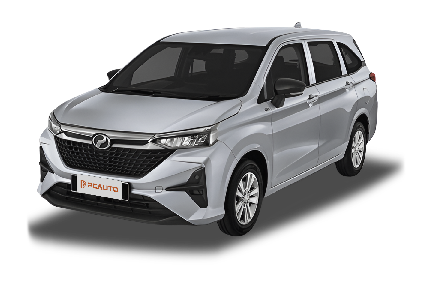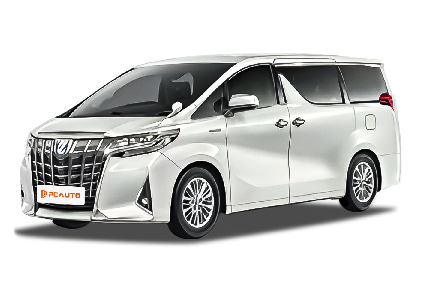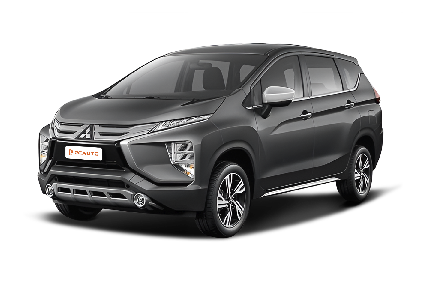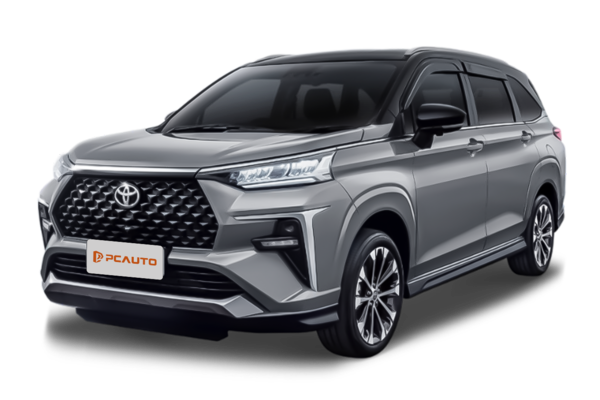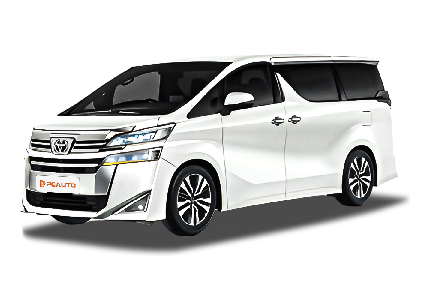Q
What is the Tyre Brand of Tesla Model 3?
The common original - equipment tire brands for the Tesla Model 3 in the Malaysian market include Michelin, Bridgestone, and Goodyear. The specific configurations may vary depending on the vehicle model version or production batch. For example, the high - performance version may be paired with tires like Michelin Pilot Sport 4S, which focus on grip. The selection of these international brands is to balance the instantaneous torque requirements unique to electric vehicles, low - noise performance, and range optimization. In particular, Michelin's noise - reduction technology can effectively offset the road noise that becomes more noticeable due to the lack of engine noise in electric vehicles.
It's worth noting that Malaysia has a tropical climate with frequent rainfall. Car owners can pay attention to the wet - road performance indicators of tires (such as the AA traction rating in the UTQG grade). When replacing tires, they can also consider the commonly seen Continental from Germany or locally - assembled Japanese brands like Yokohama, which also have formulations suitable for high - temperature and rainy road conditions. Tesla service centers usually recommend suitable replacement tires based on the road conditions in Malaysia. It is recommended that car owners regularly check the tire pressure to ensure it is within the numerical range required for electric vehicles, which is particularly important for maintaining the driving range.
Q
What is the top speed of Jimny?
According to official specs, the Suzuki Jimny tops out at around 145 km/h. That's totally reasonable for a small SUV that's all about off-road capability – let's be real, the Jimny's built for tackling tough terrain and lasting through the rough stuff, not breaking land speed records on the highway. Here in Malaysia, its compact size and beefy 4WD system make it a beast for squeezing through tight city streets or bombing down bumpy rural roads, especially when the monsoon hits and the mud starts flying. Sure, the 1.5L naturally aspirated engine isn't going to win any drag races, but its low-end torque is where it shines. Pair that with the lightweight body, and this little rig gets surprisingly nimble when the trail gets tricky. If you're all about smooth highway cruises, you might want to shop around for something more road-focused. But if off-road thrills and everyday utility are what you're after? The Jimny's hands down one of the best bang-for-your-buck choices out there.
Q
Does Mitsubishi ASX run on petrol 91 or 95?
Mitsubishi ASX is officially recommended to use RON 95 gasoline for optimal performance and fuel efficiency. Although the engine can still run on RON 91 gasoline (thanks to the adaptability of modern EFI systems), long - term use of low - octane fuel may lead to decreased fuel efficiency, a slight risk of knocking, or a slightly weaker power response, especially under high - load driving conditions such as high - speed overtaking or uphill driving.
Moreover, Mitsubishi's 4B1 series engines (e.g., the 2.0L MIVEC) are designed to be optimized for RON 95 gasoline. Therefore, using the officially recommended fuel can better protect the engine and maintain high fuel efficiency. Considering the different minimal prices of RON 95 (RM 2.05 per liter) and RON 91 (RM 2.00 per liter) in Malaysia, it is advisable to choose RON 95 first to balance performance and maintenance costs.
If you can't find RON 95 temporarily, it's okay to mix in some RON 91 occasionally under emergency. However, try to avoid long - term mixing or using lower - grade fuel. For vehicle owners, following the manufacturer's recommendations can not only enhance the driving experience but also help extend the engine's lifespan.
Q
Does the Jeep Grand Cherokee SRT have a Hellcat engine?
The Jeep Grand Cherokee SRT does not have a Hellcat engine. The Hellcat engine is typically associated with certain models of Dodge, such as the Dodge Challenger SRT Hellcat and Dodge Charger SRT Hellcat. These Dodge models are known for their high-performance capabilities, with the Hellcat engine delivering substantial horsepower and torque.
The Jeep Grand Cherokee SRT is equipped with a 6.4-liter V8 engine. It can generate 461 horsepower and 624 Nm of torque. This engine provides the Grand Cherokee SRT with strong acceleration and performance suitable for an executive-class vehicle. While both the Hellcat-powered Dodges and the Jeep Grand Cherokee SRT offer high performance, they have different powertrain configurations and characteristics to suit various driving preferences and needs.
Q
How much is a BMW X1 2020 worth?
The 2020 BMW X1 currently holds a used market value between RM130k to RM180k, depending on factors like condition, mileage, trim level, and service history. Top-spec xDrive25i models or those with the M Sport package, for instance, tend to command prices at the higher end of this range.
Powered by either a 1.5T or 2.0T turbocharged engine with standard front-wheel or all-wheel drive, the X1 maintains above-average resale value for a luxury compact SUV—especially units still covered by the original factory warranty. Its practicality and brand appeal keep it popular, but we’d recommend verifying critical components (chassis, transmission) through certified pre-owned programs or an independent inspection before purchase.
Cross-shop rivals like the 2020 Mercedes-Benz GLA or Audi Q3, which fall in a similar price bracket but differ in focus—the GLA leans into premium interiors, while the Q3 often packs more tech options. Also worth noting: late-2020 models received minor updates, including the iDrive 7.0 infotainment upgrade, which can nudge final pricing.
Q
proton saga how to connect bluetooth
To connect to your Proton Saga's Bluetooth, start by making sure the car is either running or in ACC mode. Fire up the infotainment screen, hit the "Settings" menu, then go into "Bluetooth" and switch on the "Discoverable" mode so your phone can find it. Grab your phone, head into its Bluetooth settings, and scan for devices—look for something like "Proton Saga" or maybe a generic name like "BT_XXXX" and tap to pair. Some models might ask for a default PIN, usually "0000" or "1234"—just punch that in and you’re golden. Once connected, you’re good to stream music or take calls hands-free.
Having trouble? Try rebooting the car’s system or toggling your phone’s Bluetooth off and on. Also, keep your phone within arm’s reach—ideally under a meter away—since distance can mess with the signal. Quick heads-up: not all Saga models are the same when it comes to Bluetooth. Older versions might only handle basic phone calls, while newer ones (like post-2020 models) often add Bluetooth audio streaming. For the full lowdown on what your specific Saga can do, check the owner’s manual—it’s your best friend here.
Oh, and Bluetooth can get finicky if there’s a lot of electronic noise nearby. Think Wi-Fi routers, wireless chargers, that sort of thing. If you’re getting dropouts, try turning those off temporarily to see if it helps. And if you pair a lot of devices, do yourself a favor and delete old, unused pairings every now and then—it’ll keep the system running smoother.
Q
How to reset the warning lights on Mazda CX-5?
To reset the warning lights on a Mazda CX-5, here's how you'd typically go about it. First, make sure the vehicle is turned off. Then, switch the ignition to the "ON" position without starting the engine. Next, press and hold the "INFO" or "TRIP" button on the dashboard for about 5 to 10 seconds until the warning light starts flashing or goes out. Finally, turn off the ignition and restart the car – that should do the reset. If the warning light stays on, there might be an unresolved issue with the vehicle. It's best to get it checked out by a Mazda authorized service center soon for a professional diagnosis to avoid any potential safety risks.
Keep in mind that CX-5 models from different years might have slight variations in the steps, so it's always a good idea to check your owner's manual for the exact procedure. Also, regular maintenance and inspections are key to preventing warning lights from popping up too often. With Malaysia's hot and humid climate, pay extra attention to your battery, tires, and cooling system – these parts can take a beating from the elements and trigger warnings. If you're not confident about the process, don't try to mess with complex resets yourself; you could accidentally cause system glitches.
Q
How much is Hyundai Kona 2020?
The 2020 Hyundai Kona's pricing in Malaysia varies depending on the trim and specs you go for, with brand-new models typically ranging from around RM120,000 to RM150,000. That spread mainly comes down to choosing between the 1.6L naturally aspirated engine or the punchier 1.6T turbo, plus whether you opt for premium features like the Hyundai SmartSense safety suite or a panoramic sunroof. This compact SUV has struck a chord with local buyers thanks to its sharp styling, nimble handling, and generous kit – it’s a solid pick for city driving. Hyundai backs it up with a 5-year or 300,000km warranty too, which really shows the brand’s confidence in its build quality.
If you’re looking at used Konas, prices usually hover between RM80,000 and RM110,000, but that’ll swing based on condition, mileage, and how much warranty is left. My tip? Stick to official certified pre-owned channels or get a professional inspection to make sure you’re not buying a lemon. And when you’re weighing it against rivals like the Honda HR-V or Toyota C-HR, don’t just fixate on specs – factor in your budget, what features matter most to you, and how the after-sales support stacks up to get the best bang for your buck.
Q
Is a Chevrolet Malibu a luxury car?
The Chevrolet Malibu is positioned as a mid - to large - sized family sedan in the Malaysian market, rather than a luxury car. Its design focuses more on practicality and cost - effectiveness. It is equipped with modern features such as an intelligent connectivity system and active safety technology, but the materials and technological configurations do not meet the standards of luxury brands.
In Malaysia, luxury cars usually refer to models from brands like the Mercedes - Benz C - Class and the BMW 3 Series. These vehicles are characterized by high - end interior materials, exquisite craftsmanship, and cutting - edge technology, and their prices are significantly higher.
The Malibu is suitable for family users who pursue space and comfort. If you have higher requirements for a luxury experience, you can consider second - hand luxury cars at the same price range or increase your budget to buy an entry - level new luxury car. It is also recommended to take test drives and make comparisons in person. In Malaysia's hot climate, details such as the air - conditioning efficiency and seat ventilation will affect the long - term driving experience, and the local road conditions also pose greater challenges to the suspension tuning and sound insulation performance.
Q
What is the engine capacity of the Hyundai Elantra 2021?
The 2021 Hyundai Elantra offers engine options in the Malaysian market including a 1.6-liter Gamma MPI naturally aspirated engine (128 hp/156 Nm) and a 1.6-liter Gamma T-GDI turbocharged engine (201 hp/265 Nm). with the latter exclusively available on the high-performance Elantra N Line variant. Both engines meet local fuel standards and driving requirements. Engine displacement, measured in liters (L) or cubic centimeters (cc), is a key indicator of a vehicle's power performance. It directly impacts fuel economy and acceleration capabilities. Malaysian consumers should consider their daily usage when selecting an engine: those prioritizing city commuting may focus on fuel efficiency, while those seeking driving enjoyment may favor the turbocharged version. Hyundai Elantra's engine technology incorporates optimized features like intelligent variable valve timing, balancing efficiency and reliability to suit Malaysia's diverse road conditions.
